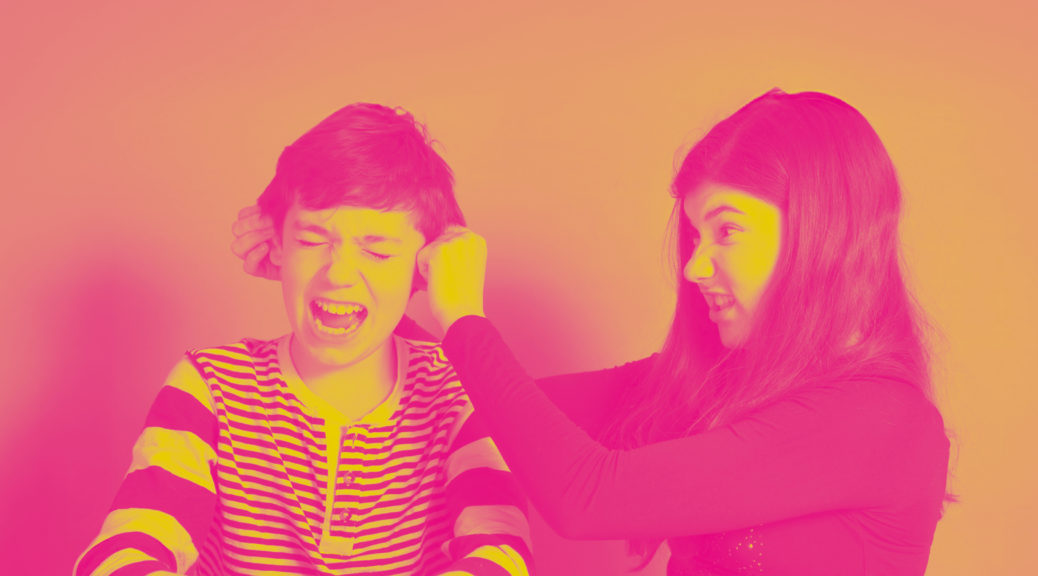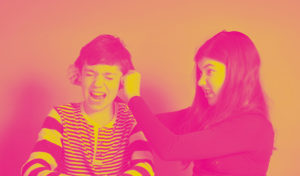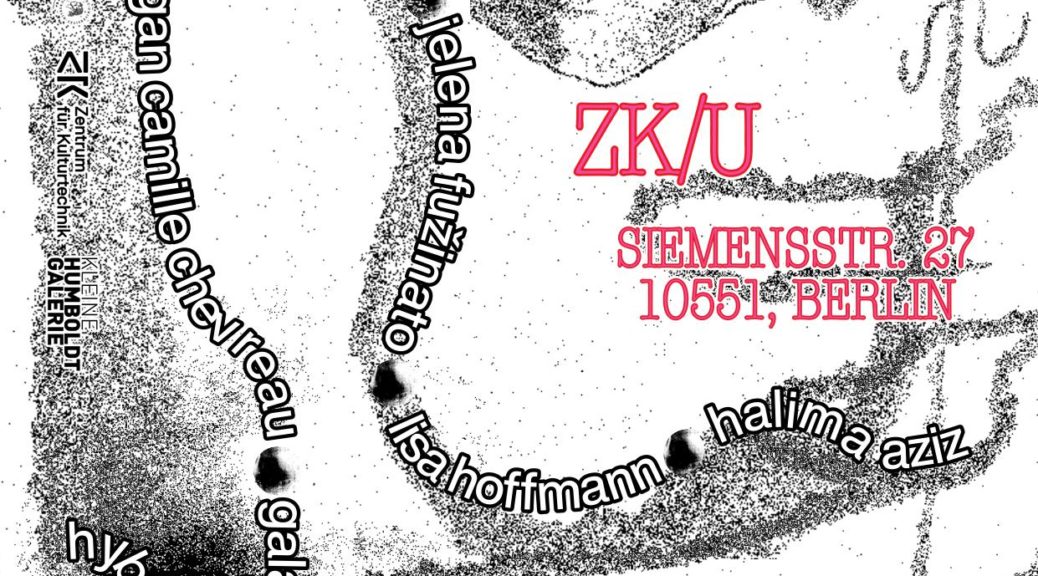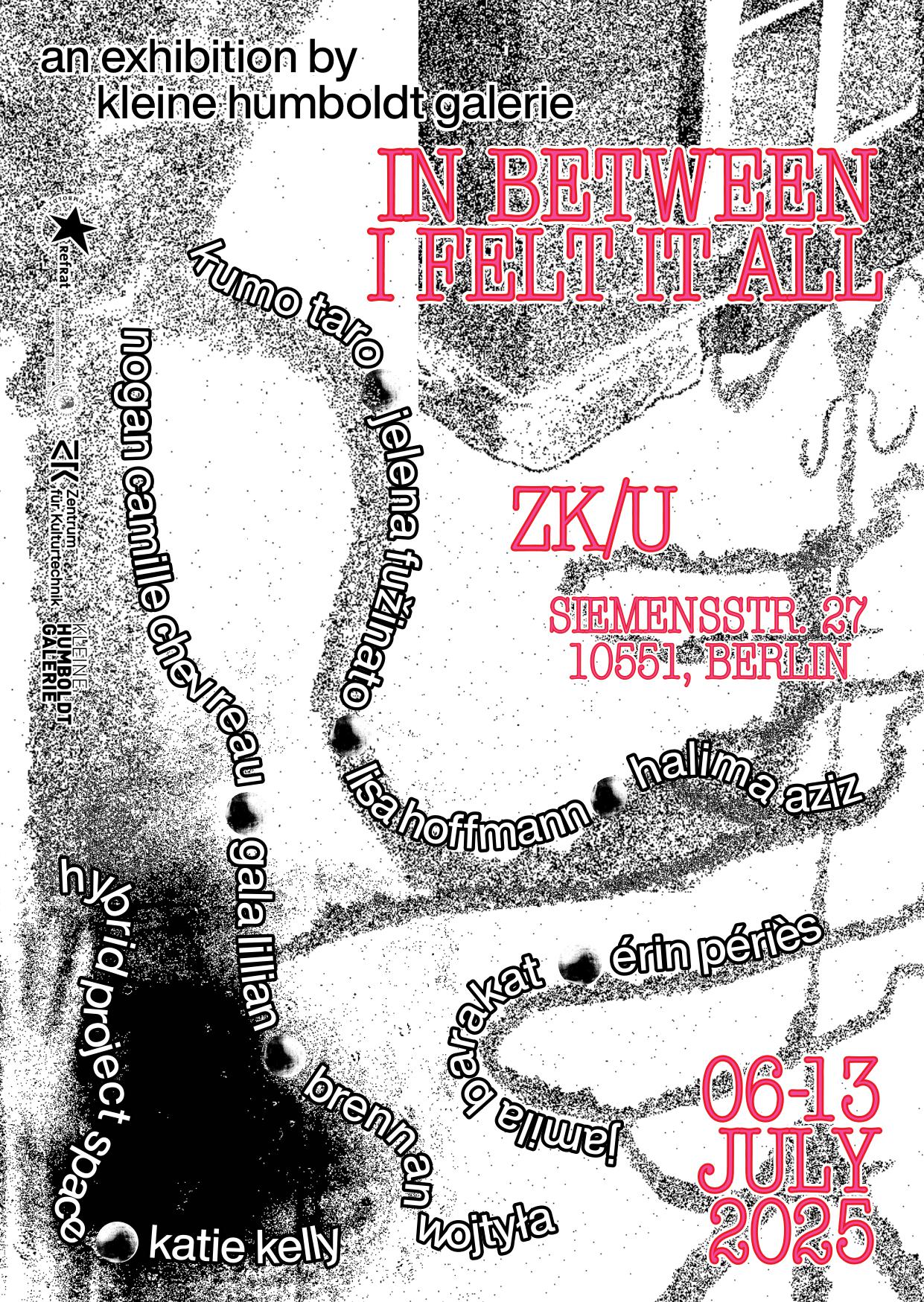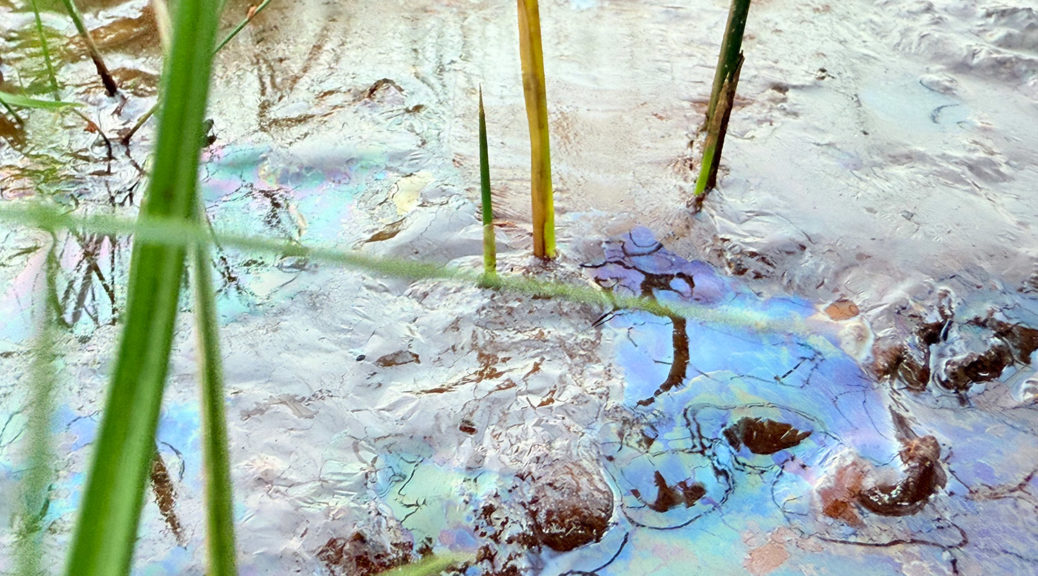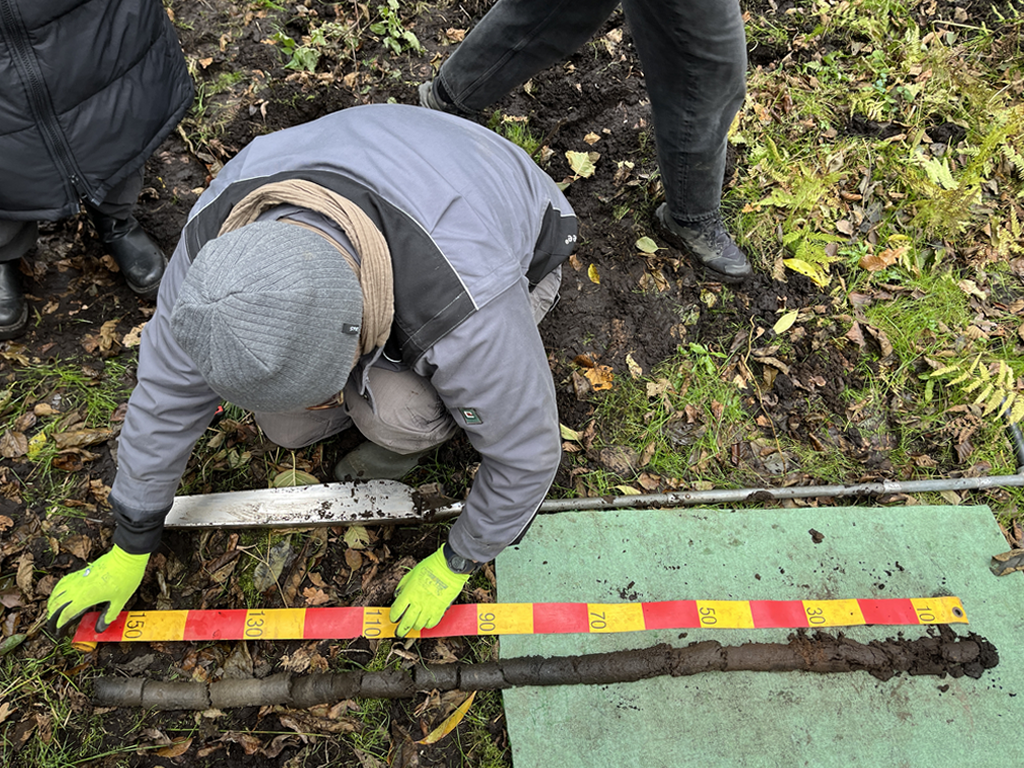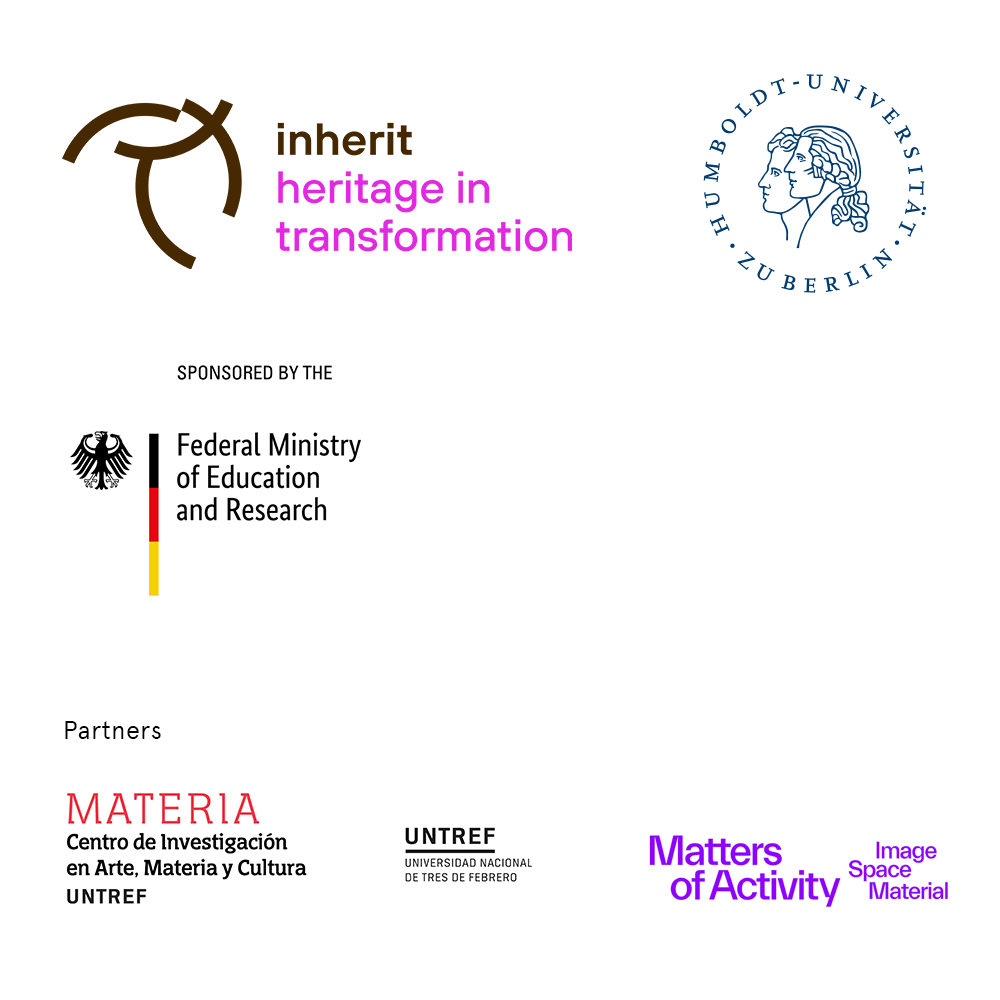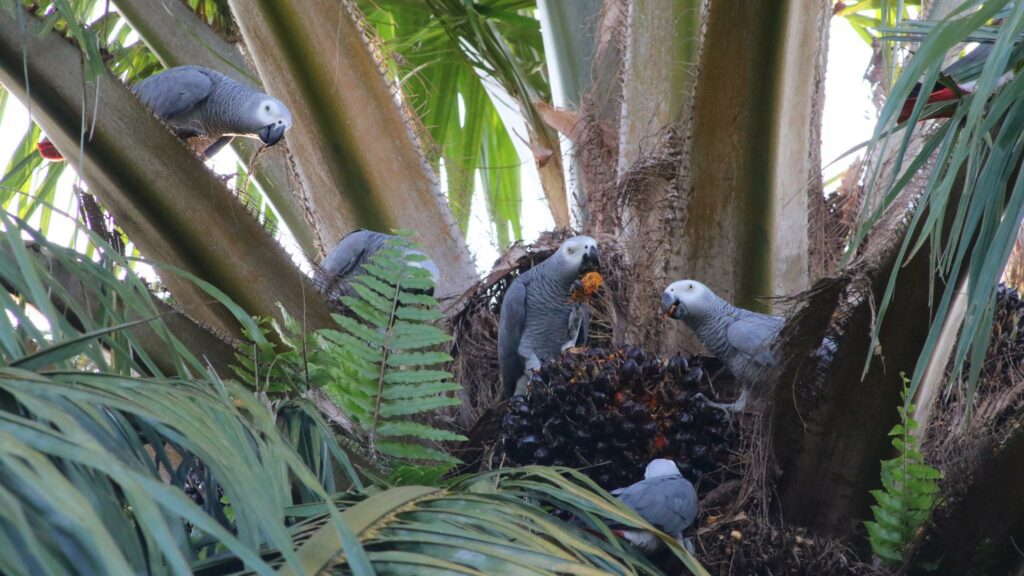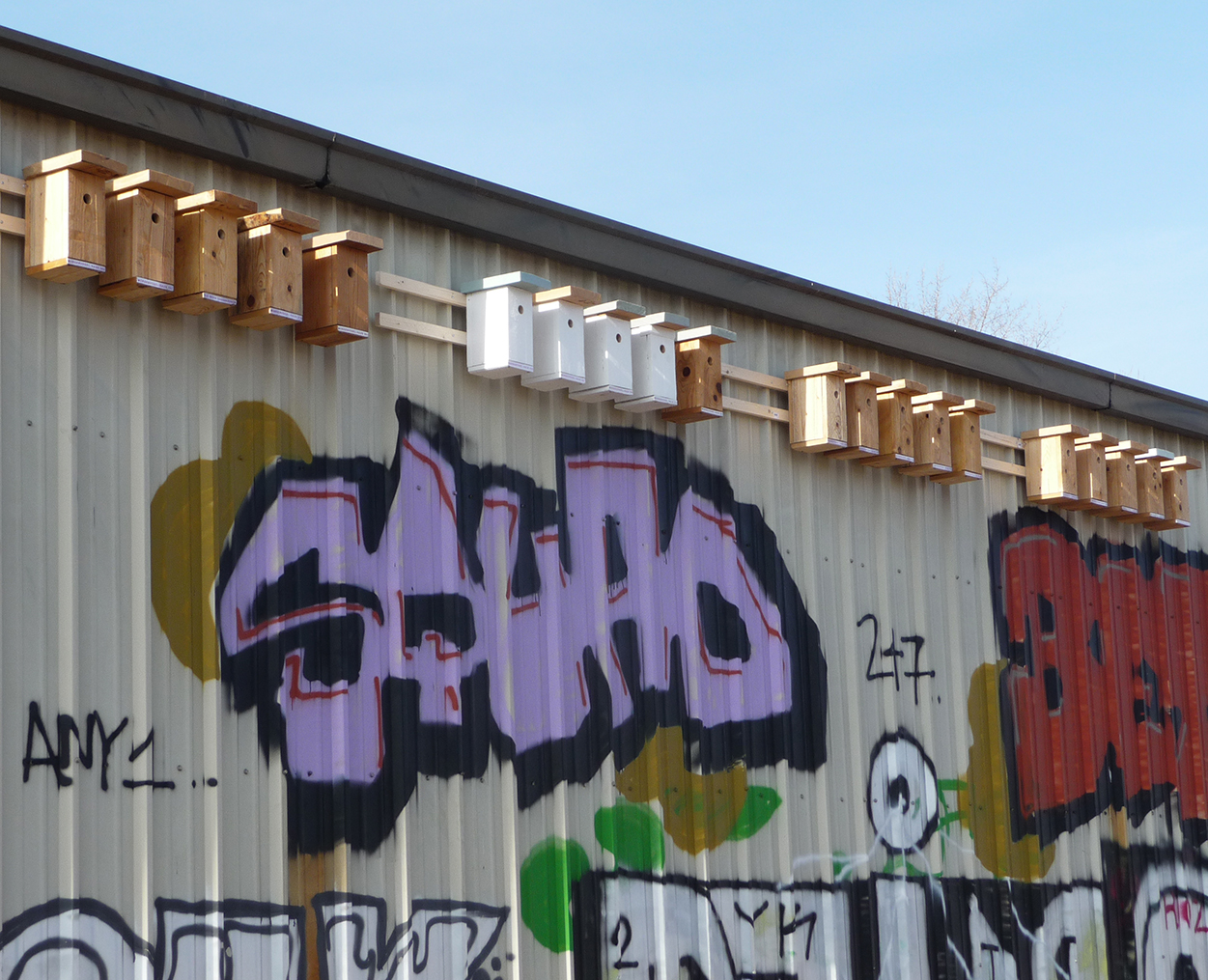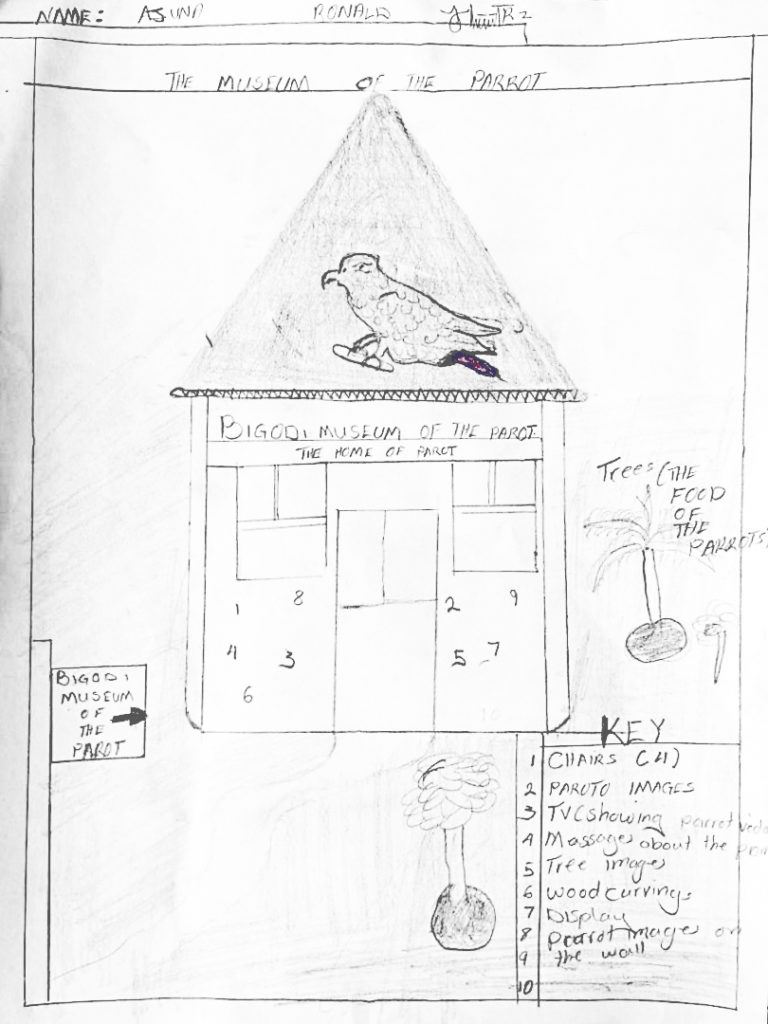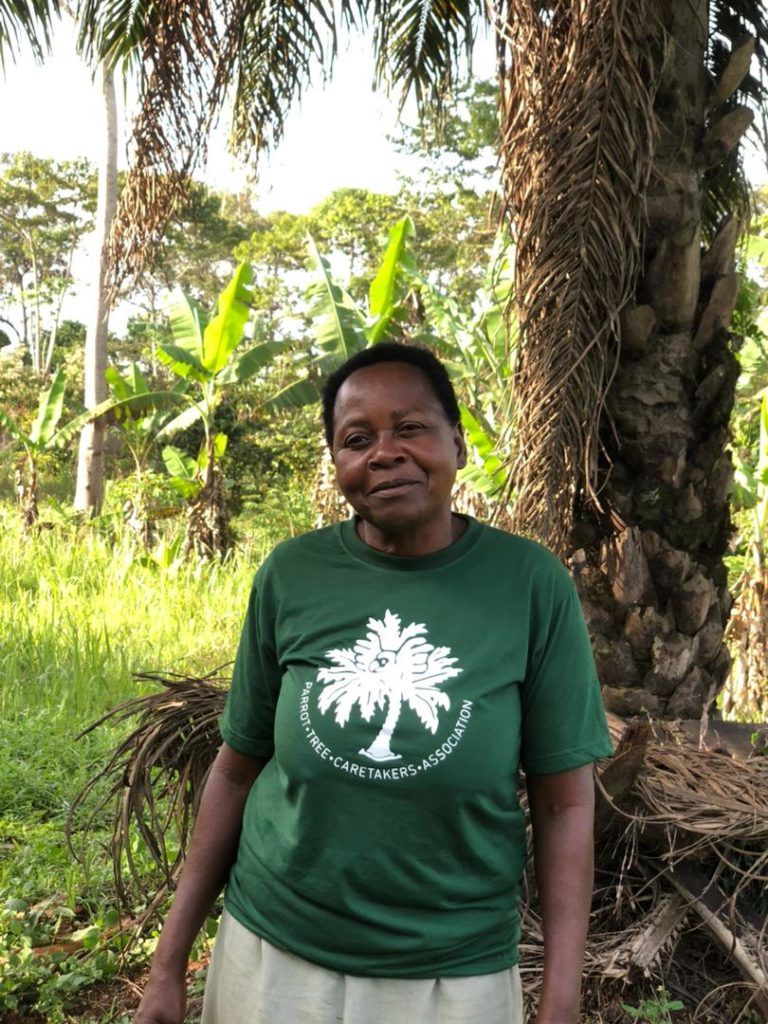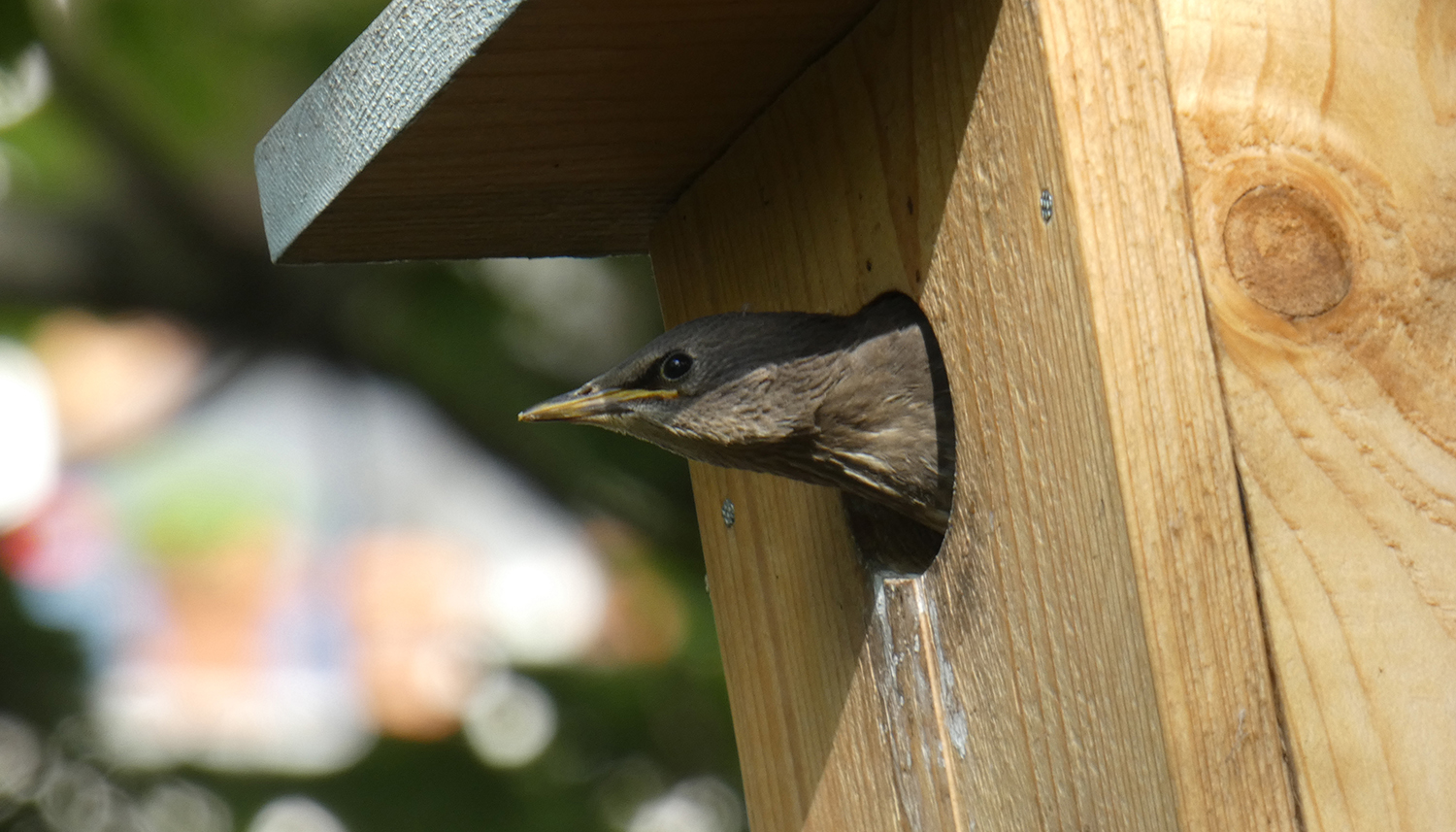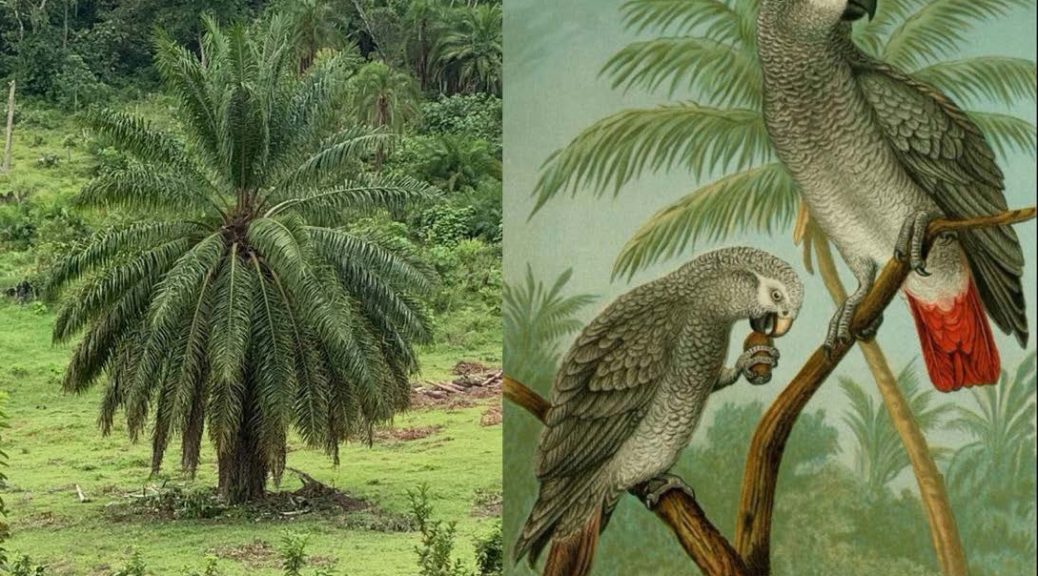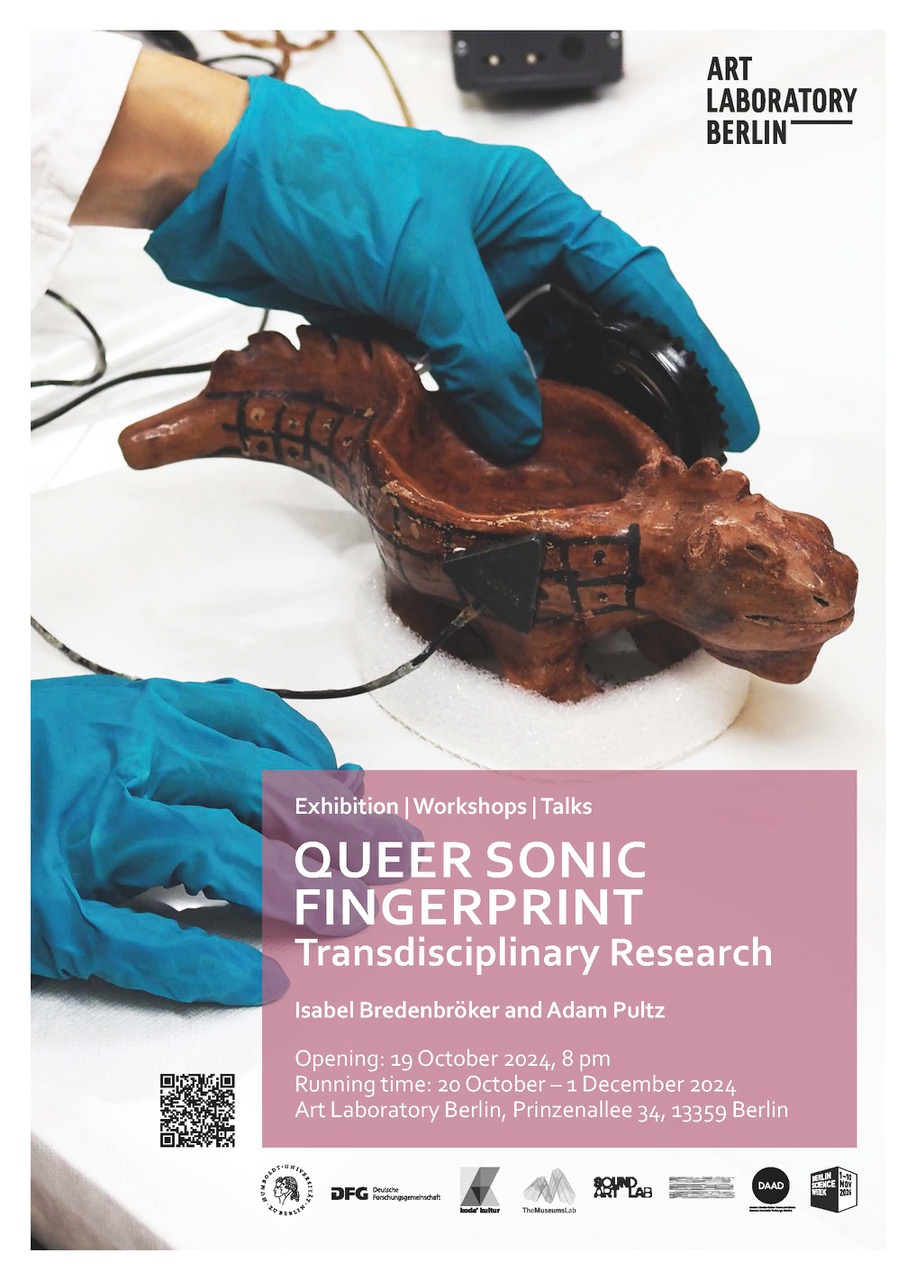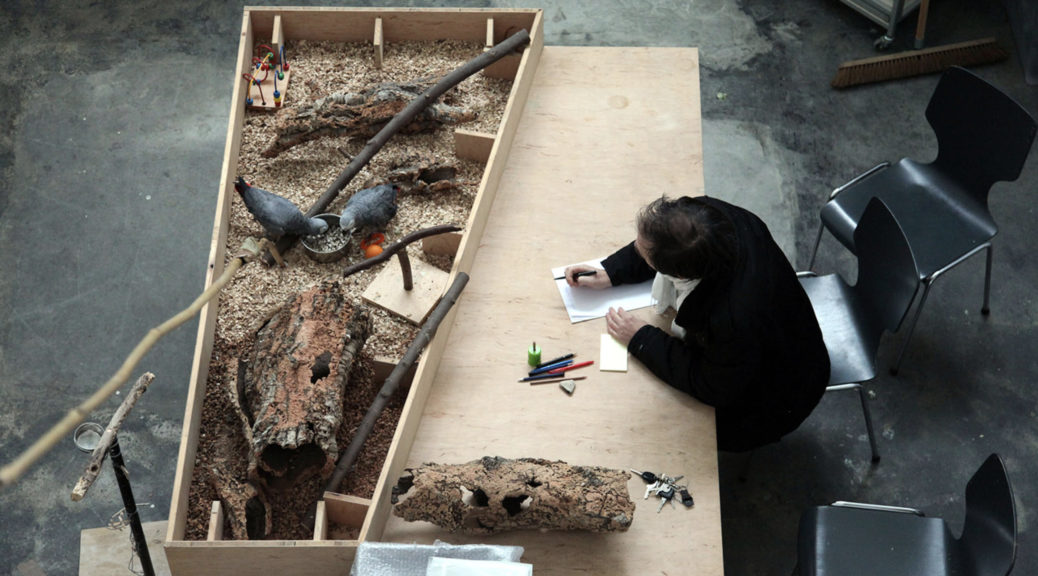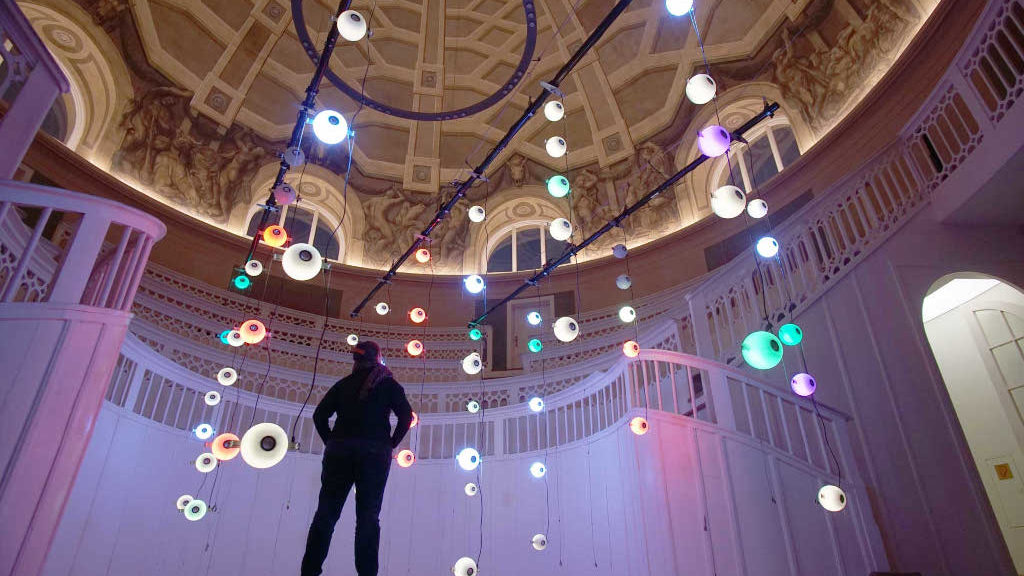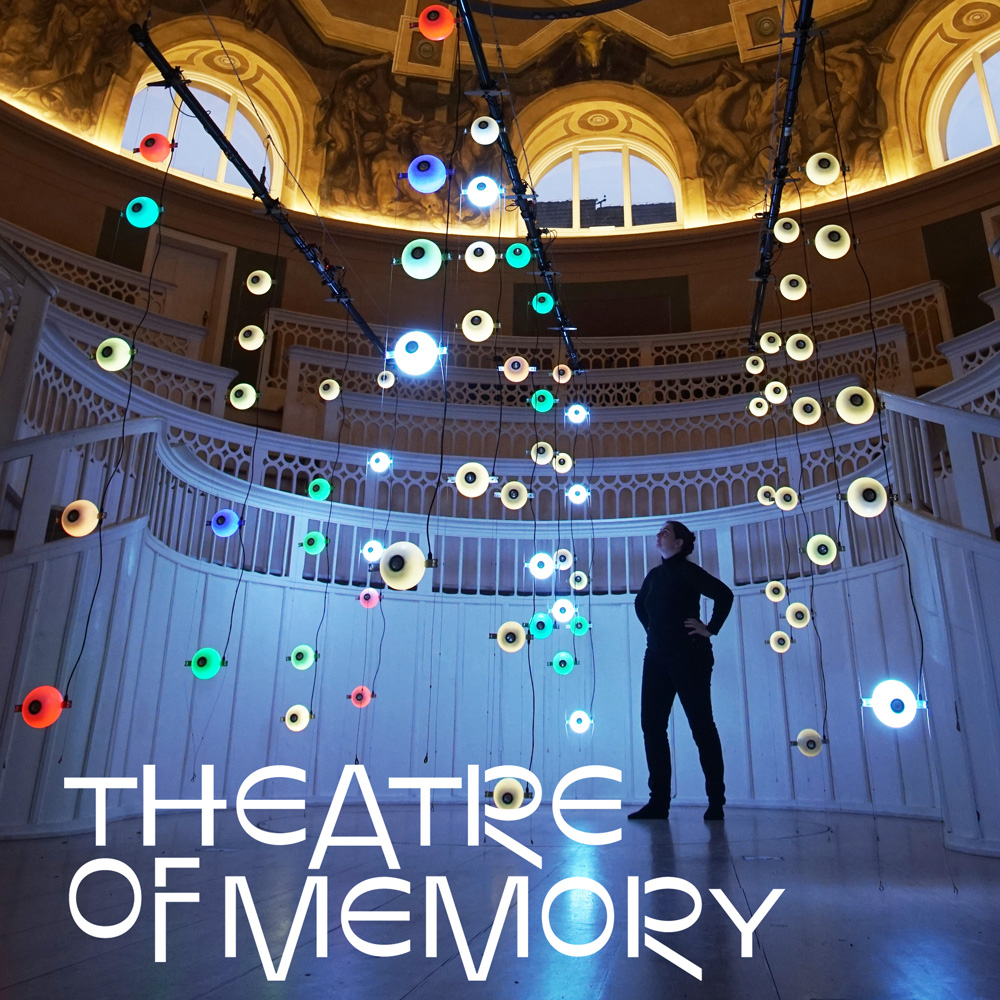Family is diverse, ever-changing, and full of surprises. Beyond traditional structures and role models, new perspectives emerge on what family can be. Several temporary exhibitions within the thematic year “In Relation: Family” explore non-normative approaches to family – both artistically and historically.
Relationships often form where there are no stable social structures or political protections. Nothing as Our Ground is the title of the exhibition curated by Minh Duc Pham and Hai Nam Nguyen – a title that points to the realities of queer and migrant experiences. Contemporary photography, video, and installation works reveal how people live, across generations and borders, in ways that are diverse and sometimes contradictory, challenging traditional notions of family. The exhibition features works by Corç George Demir, Jaewon Kim, Su-Ran Sichling, Nhu Xuan Hua, Iden Sungyoung Kim, Sunil Gupta, Cheryl Mukherji, Vuth Lyno, Leonard Suryajaya, Sarnt Utamachote, and Rana Nazzal Hamadeh.
The exhibition Making Kin brings together artists from nine countries whose works share a decolonial perspective on marginalized forms of knowledge and relationships. We are all embedded in dynamic webs of relation – with other humans, animals, plants, spirits, the cosmos – and even with our office chairs. Making Kin is curated by Kerstin Pinther and Ute Marxreiter, Ethnological Museum / Museum of Asian Art Berlin, and features works by Catherine Blackburn, Aziza Kadyri, Mae-ling Lokko, Meryl McMaster, Caroline Monnet, Katja Novitskova, Soe Yu Nwe, Odun Orimolade, Judith Raum, Cara Romero, Zina Saro-Wiwa, and Haegue Yang.
“How deeply does the state intervene in private life?” is the question posed by the exhibition All Under Heaven. It focuses on the tension between family and state in 20th-century China and Korea – between ideology, care, and control. The exhibition is curated by Maria Sobotka, co-curated by Lu Tian, Museum of Asian Art Berlin, and presents works by He Chongyue, Mao Tongqiang, Jane Jin Kaisen, Mirae kate-hers Rhee, and Siren Eun Young Jung.
Fourteen monumental statues of Brandenburg electors from the 17th century are part of the permanent exhibition on the history of the site. However, only one half of the family was represented in this dynastic display – women were absent. The intervention Relevant to the System: Women in Ruling Families introduces four princesses from four centuries, positioning them alongside and in opposition to the sculptures. The installation sheds light on the different degrees of agency available to Hohenzollern women within the dynastic system.
Also present is filmmaker Marina Gning, whose documentary series on father-daughter relationships in Senegal has been on view on the ground floor since October.
6pm
The evening opens with a spoken word performance by AVRINA, followed by welcome remarks by Hartmut Dorgerloh, General Director of the Humboldt Forum, and Raffael Gadebusch, Head of the Museum of Asian Art. Minh Duc Pham, Hai Nam Nguyen, Kerstin Pinther, Ute Marxreiter, Maria Sobotka, Marina Gning, and Alfred Hagemann will introduce the exhibitions in brief conversations.
Following the opening on the 1st floor of the Stair Hall, curator and artist tours will take place in the respective exhibitions on the 3rd floor:
7–7:20pm
Nothing as Our Ground – Room 312
with Minh Duc Pham, Hai Nam Nguyen, Corç George Su-Ran Sichling and Cheryl Mukherji
Relevant to the System: Women in Ruling Families – Stair Hall, 3rd Floor
with Alfred Hagemann and Katja Gimpel
7:30–7:50pm
Making Kin – Room 304
with Kerstin Pinther, Ute Marxreiter, Soe Yu Nwe, Catherine Blackburn and Judith Raum
All Under Heaven – Room 319
with Maria Sobotka, Mirae kate-hers Rhee, Lu Tian
The exhibitions can be visited free of charge during the opening.
Additional events and exhibition tours will take place on November 28.
